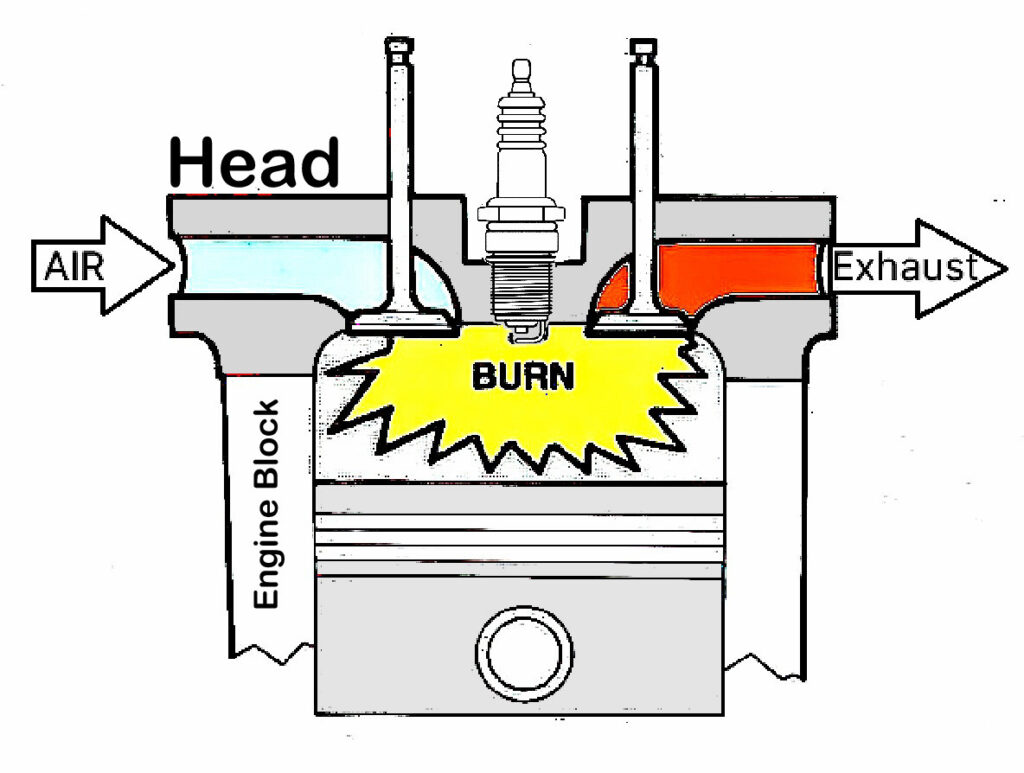Q: Where Is the Cylinder Head Typically Located?
A: The cylinder head is usually on top of the cylinder, forming the ceiling of the combustion chamber above each piston. The intake and exhaust ducts typically intersect in the cylinder head in which are the valves and springs, and, in most cases on newer engines, the camshafts.
The cylinder head seals the cylinder to create room for the combustion chamber. It also forms the housing for the valve gear and the spark plugs. As such, it can warp due to the pressure placed by the temperature changes of combustion.

Tips on How to Access the Cylinder Head
To access the cylinder head, you’ll have to remove other connected parts first along with the rocker arm cover (valve cover). V engines have 2 heads. In-line engines only have one. Every engine platform is different, so get some shop manual literature before you even start and read through the entire process.

After that, remove the engine intake and exhaust manifolds using a ratchet or a wrench to separate them from the cylinder head. Then, detach the valve covers and the timing belt.
Remove the rocker arm (or arms if the engine uses two). Behind it, you’ll see the mounting bolts that keep the cylinder head in place.
Finally, replace the cylinder head and the mounting bolts with the new pieces.

Any information provided on this Website is for informational purposes only and is not intended to replace consultation with a professional mechanic. The accuracy and timeliness of the information may change from the time of publication.
































